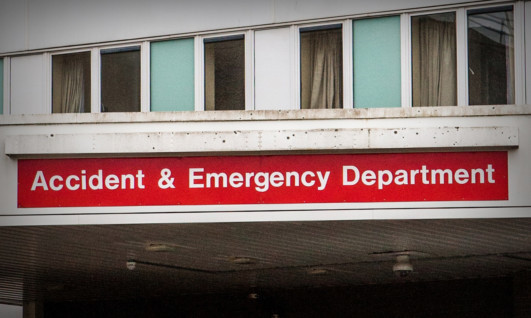Accident and emergency (A&E) waiting times have improved slightly since the Government started publishing statistics weekly.
The second weekly publication shows 86.9% of people were seen within four hours, up from 86.1% last week.
However, they remain lower than the 87.1% figure seen in January and well below the target of 98% to be seen in under four hours.
The figures show that 11 out of 14 health boards treated about nine out of 10 people within four hours, with five treating more than 95% of patients within the timeframe.
Health Secretary Shona Robison said: “Staff in Scotland’s NHS are doing a fantastic job to treat people as quickly as possible.
“Today’s figures show that we are continuing to see the challenging effect of winter, which has brought an increase in attendances and admissions, as well as more severe flu-related illnesses and people with complex illnesses.
“However, we are starting to see signs of recovery, with performance slightly up on last week.
“It is also encouraging to see that health boards such as NHS Greater Glasgow & Clyde and NHS Ayrshire & Arran, which are both experiencing challenges, have improved on last week’s figures.”
She added: “More clearly needs to be done to tackle the issues facing our NHS.
“We are determined to improve performance through a whole system approach, improving patient flow throughout their journey from admission to discharge.
“In January we also committed £100 million specifically to help health boards and local authorities tackle delayed discharge.
“This is both good for the patient and frees up beds to help people move out of A&E and through the system.
“This is in addition to our substantial, £50 million investment in an unscheduled care action plan and the roll-out of a new collaborative approach to unscheduled care across Scotland.
“This new approach will work to minimise long waits in A&E as well as look to ensure best practice is installed throughout the hospital system, supporting joined-up work across health boards to address wider issues of patient flow through hospital.
“As we move towards the integration of health and social care in April, these are the right steps to take and I am determined to work with all health boards across the country to improve performance and ensure waits are brought down for patients.
“Our targets are rightly the most challenging in the UK but it means we need to work even harder to meet them.”
